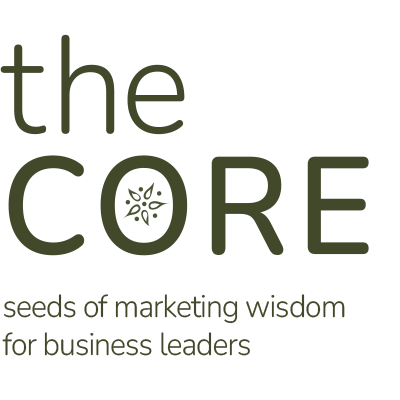In a world where word of mouth and consumer feedback guides the decision-making process, Google reviews are critical when it comes to driving business to your company. As if a positive response from current customers isn’t enough, these testimonies can also go beyond their original purpose and be doubled as free marketing content for your other platforms. Who doesn’t love a twofer?
We’ve sourced some helpful directions on how you can generate more Google reviews, today. Let’s get started.
Understand Google My Business
To begin with, be sure your business is registered and that you have taken all of the necessary steps that are needed for someone to be able to leave a Google review. Already have that under control? Great! If not, don’t worry, we’ve got you covered here.
Ask Directly
The answer is always no if you never ask, right? If you know or realize that a customer is satisfied with their purchase or service, simply ask them if they could leave a review about their experience. You can also use your social media accounts to invite people to leave a review, this isn’t as direct as an in-person request, but is still beneficial if you have a loyal and engaged audience.
Make It Easy
When you’re asking for a review, you’re asking for someone’s personal time. In order to make the reviewing process as simple as possible for your customers, plan out a user-friendly process that will quite literally take them one minute of their day.
Here are a few methods to try that save consumers time:
- Texting or emailing a direct link after their purchase
- Utilizing a survey platform, such as Typeform or Loyalty Loop
- Creating QR codes that lead directly to your Google Review page
Utilize Your Platforms
Strategically place and plan where to include a review request. You can encourage your customers to leave reviews without being pushy.
- Digitally: Incorporate your Google review links in your email signatures, website, or landing pages.
- In-person: Use QR codes in your waiting rooms, check-out counters, or menus.
Ready to Plan a Reputation Management Strategy?
If you need more help creating your digital PR strategy, we’re ready to help you build your new marketing plan. Contact us today to schedule a consultation.












